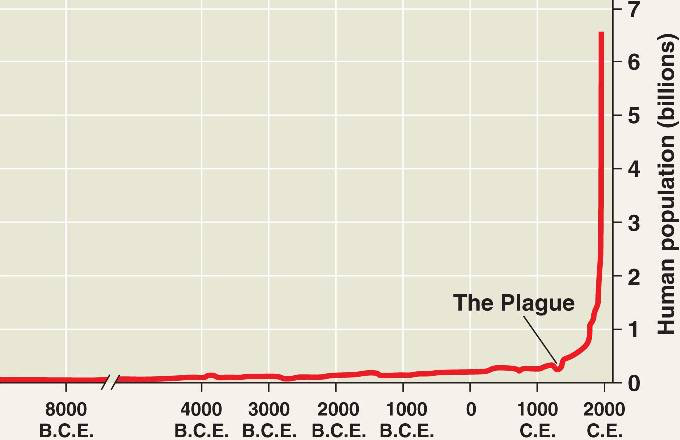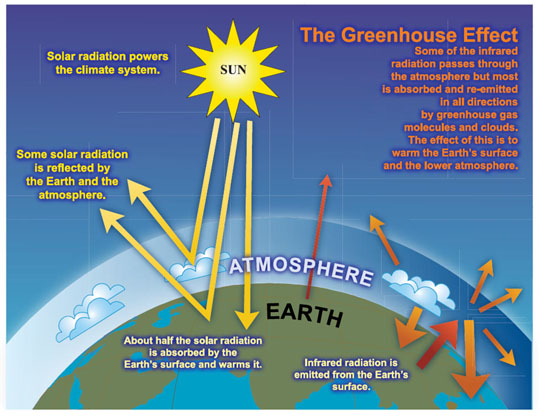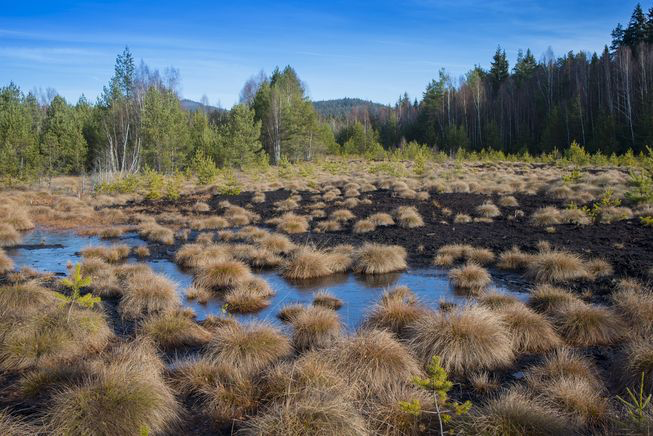Human Impacts on the Environment
Biodiversity and Waste
Biodiversity is very important to maintain in an ecosystem. Since all organisms depend on each other (for things like food, shelter, camouflage etc) it is important that species don’t end up depending on just one other organism. A large biodiversity means that there is more likely going to be more than one species that can provide the same resource/condition that it needs.
Many things that humans do are decreasing the biodiversity of the earth. This includes things like burning fossil fuels (see the next section for more on this).
The human population is increasing
The human population is increasing at a very fast rate. This is due to the introduction of modern medicine and farming. Since less people are dying from disease and famine, people live longer and can have more children. Since these children can also have more children (and so on) it means that there is an exponential growth!
This graph is slightly out of date, since there are now around 7.7 Billion people in the world (2018)
Demands on the environment
Since the human population is so large, it means that our actions have a huge effect on the environment. People are also demanding a higher standard of living, which means digging up more natural resources and using more energy! Raw materials are being used up much quicker than they are being replaced, so at some point we are going to run out.
Scientists have even resorted to trying to populate different planets since they have no hope for our future on this one… depressing eh?
Waste
As we produce more things (for example, plastics) we produce more and more waste. This waste can be harmful for the environment if not properly disposed of.
Here are the main ways in which it can affect the environment around us:
__Water __- sewage and chemicals can pollute the lakes/rivers/oceans. This not only pollutes the water but the animals that live in or drink this water are also affected.
__Land __- There are lots of ways in which we pollute the land
Dumping waste in landfills, where rubbish cannot =break down easily/at all.
Disposing of nuclear waste underground. Although this is done securely there is still a risk of it getting out!
Farmers use toxic chemicals to protect their crops from pests and infections, however this is affecting the ecosystem around them.
__Air __- Smoke from factories and acidic gases are polluting the air.
Global Warming
The Sun releases radiation which travels to the earth. The Earth absorbs some of this radiation and the rest is bounced back. The temperature of the earth depends on how much is absorbed and how much bounces back! Global warming is the result of a shift in how much is absorbed by the earth.
The gases in the environment act as a natural insulator, trapping some of the radiation and bouncing it back to earth. Due to air pollution, this insulating layer has become stronger, bouncing back more than it ‘should’ do - this is known as the greenhouse effect. The gases that are contributing to this change are calledgreenhouse gases (these include carbon dioxide and methane).
Global warming is a type of climate change that is causing other types of climate change to also occur.
Climate change causes the following to happen:
- Sea levels to rise - since the earth is getting warmer, ice caps are melting, which in turn rises the sea levels
- The distribution of organisms change - because the environments are changing so animals need to change their behaviour in order to survive. Some don’t make it and become extinct.
- Changes in migration patterns - Since there is a shift in environmental conditions birds have to fly to different places for migration (since their original migration place might now be too cold). This can cause problems since they may not be adapted for this new environment.
- Reduced biodiversity - since global warming is changing the habitats of many organisms, lots of organisms may become extinct (or die out in that particular habitat). This decreases the variety or species that live in a habitat and hence decreases the biodiversity.
Deforestation and Land Use
Humans use up a LOT of land. This decreases the amount of land that is left for other organisms to use. Sometimes the use of the land is bad for the environment.
Deforestation
Deforestation is the name given to the process of cutting down lots of trees. Huge amounts of forests are destroyed so that we can use the wood or land.
Deforestation is bad for the environment for these main reasons:
- Decreases biodiversity
- Burning the wood from trees releases carbon dioxide which is a greenhouse gas
- Trees and plants take in Carbon dioxide from the atmosphere, the less trees there are, the more carbon dioxide in the atmosphere.
Destruction of peat bogs
Peat bogs are areas in which biomass cannot decompose. The biomass builds up in the peat bogs, untouched by decomposers. Humans drain peat bogs in order to use the land. When bogs are drained, decomposers can get to the biomass and decompose it! The bacteria release carbon dioxide as a waste product when decomposing the organic matter found in drained peat bogs.
We also tend to burn peat for fuel, this also releases carbon dioxide to the atmosphere.
Maintaining Ecosystems and Biodiversity
Conerned citizens and scientists set up protection programmes for the protection of ecosystems from human activities.
You’ll need to know some examples of these protection programmes:
- Breeding programmes - to help endangered species to repopulate.
- Habitat regeneration programmes - to help to maintain natural habitats
- Programmes to regulate and reduce deforestation
- Recycling programmes - to encourage people to recycle. In some places you could receive a fine for not recycling.
However, these programmes come with downfalls and difficulties:
- They cost lots of money to keep up.
- Protecting biodiversity may affect the locals, for example, taking money away from ‘lumberjacks’.
- Certain animals may be pests that can get in the way of farming and endanger our food security. This involves things like foxes that hunt chickens.
- Even though protecting land from deforestation is very important, the growing population requires more houses and more development! This means more deforestation for more land to build more houses. Naturally, more people mean more factories and more buildings in general (towns expanding, etc).


